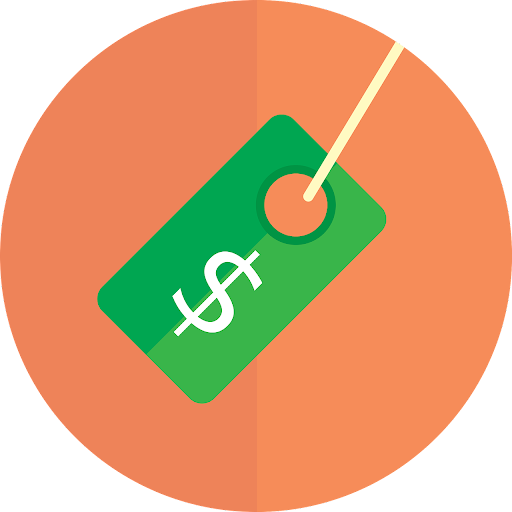Pricing Strategy: 10 Best Strategies to Sell Products Online in 2022

So you are ready and ready to start selling, but you do not know how to sell your products. You're not alone - it's a stumbling block for many retailers and small businesses.
It is essential to market your products correctly and offer the best price guaranteed. Ask big questions, and your customers will go straight to your competitors. It's a small matter, and no one cares about you. Then there's the profit, branding, and margin report - how do you estimate the selling price of a product to cover all your costs?
Investors often ask questions, especially now that the market is more competitive. Nine out of 10 shoppers check product prices on Amazon, so it's easy to see why there's so much pressure that the price is right.
We are here to help. This article will walk you through the main things you need to consider, give you some helpful role models, and showcase some marketing examples to give you an idea of the person starting the contest.
Let's get started, shall we?
#1. Psychological Pricing
Price consideration is a cost method that evaluates a customer's thinking. When they hear a fee of $99, consumers' minds will feel it is not as expensive as the cost of $100.
This is another example of a retail price rather than a traditional concept. Consumers often look at the price and the number of product benefits they are enjoying when purchasing a product rather than look into whether the quality of the product matters at that price.
#2. Competitive Pricing
As the name of this pricing guide suggests, pricing means using competitors' price data as an indicator and indicator. Knowing your products are inferior to theirs.
The price of the product often drives this trick. For example, the same price is the only difference in factories, and you rely on fees to win over customers.
#3. Understand the Market
Whether you are selling physical products such as jewelry or technology products such as imports, you need to understand your customers' expectations to set prices. The best way to get a feel of the market is to put on your witch hat and start smelling around.
#4. Business Goals
Remember your business goals. They will influence your final pricing strategy. If you keep your business goals in mind when putting together a product pricing plan, you end up with a financially viable product for your customers.
#5. Price Skimming
The skim strategy is based on the fact that an e-commerce company sells at the highest initial price that customers pay and then reduces it over time. As the demand from first-time buyers is met and competitors are just entering the market, the business reduces the cost of the product to attract a sale.
#6. Value-added Pricing
Value-added is a pricing method based on the number of buyers willing to pay rather than the cost of the product. By adding a value proposition to your products, you can set a higher value for them. Because your products have a competitive edge over others, customers will be willing to spend extra money so you can achieve the highest levels of revenue and benefits.
#7. Captive Pricing Strategy
Captive pricing is a policy by which businesses set prices for products in addition to crucial products. Without these specialties, the main product cannot be used. Yes, these policies will help enterprises to increase customer revenue.
#8. Markup Percentage
The markup percentage is the difference between the price of a product and the selling price of the product. In short, a brand is what makes a profit. Symbols are usually expressed as percentages. 50% seems like a reasonable amount, but it varies from business to business, depending on what you're doing.
#9. Customer Needs
Understanding what your customers want from your products is critical to your pricing. Determine the contribution they are making to your customers' purchasing choices, and you will have information to help you develop a model.
Knowing your customers' needs is an excellent basis for building your marketing plans, as is estimating the cost of acquisition to evaluate your sales.
#10. Premium Pricing
Premium pricing is one example of a marketing strategy where consumers buy at a higher price over the product's life. Consumers offer better outcomes than their competitors, with some high standards.
This price guide is only helpful if your budget customers are upper class; they are interested in the quality of the product, not the price. So if your product has a value-added price, you can get a lot of money out of it.
Wrapping up
Setting the price of a product in the market is not an easy task. You need to consider several factors before setting a price for a product, such as entry prices, business images, competitors, market requirements, and more.
As a confident manager, you need to see where your product is in the market, make the right choices, evaluate prices, and make adjustments accordingly over time. I hope this information will help you create and develop marketing projects in the future.

